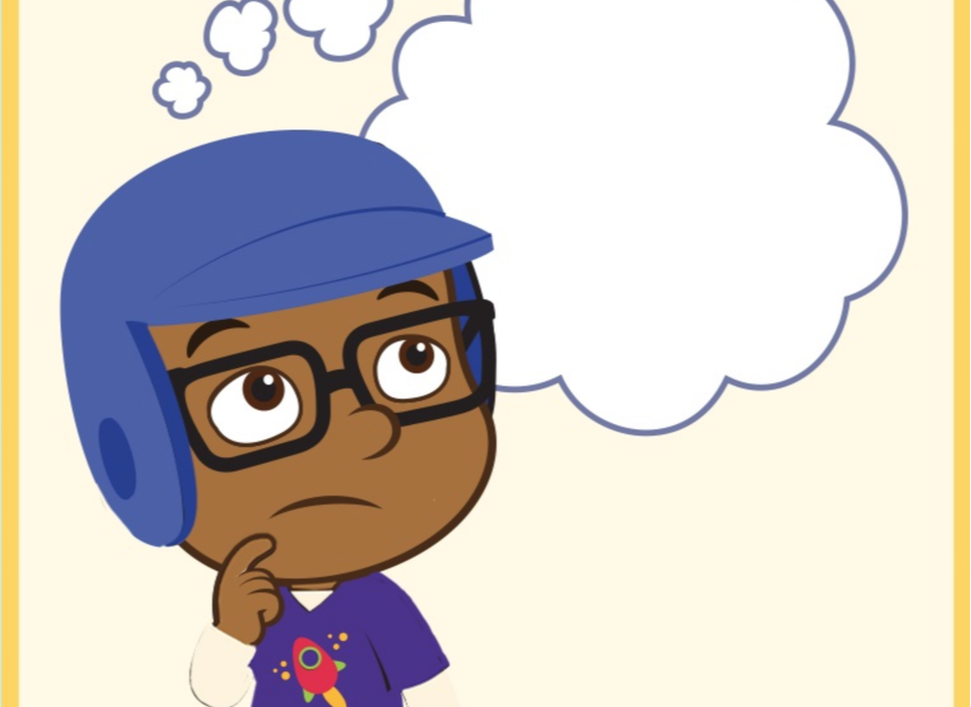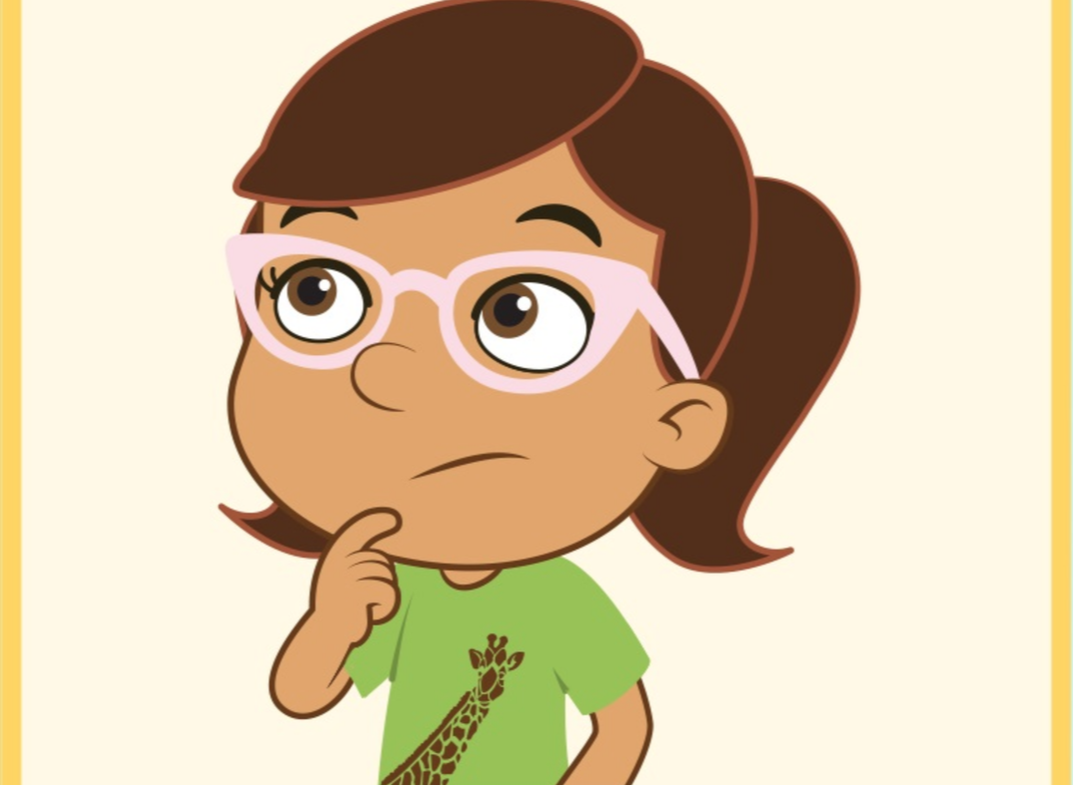Habits & Mindsets
Students reference their teacher’s guidance in organization, study habits, character traits, and values. They have internalized these traits beyond just talking about them which has led to personal growth on the part of the student.
INTRODUCTION
I explicitly teach and reinforce habits of mind, character strengths, and a growth mindset because I believe that they support academic achievement and social competence. I teach habits and mindsets through lessons, activities, and routines that promote student reflection and self-awareness. I reinforce habits and mindsets through my merits and demerits system, classroom visuals, and trackers. At the start of the school year, my students had some knowledge habits and mindsets, as they are embedded in KIPP culture. However, there is opportunity for growth in every habit of the mind, as a growth mindset “leads to the desire to improve” (Richard, 2007). Therefore, I continue to teach and reinforce habits and mindsets such as metacognition and managing impulsivity.
My goal this year for my students is that they would be prepared for college, careers, and choice-filled lives through strong and practiced habits and mindsets. Habits of the mind, character strengths, and a growth mindset are “characteristics of what intelligent people [possess] when they are confronted with problems, the resolution to which are not immediately apparent” (Costa & Kallick, 2000). I want my students to “develop the intellectual virtues they need to be good students, and good citizens” (Schwartz & Sharpe, 2012). Through metacognition, students will be the new generation of strategic problem solvers in our society. Through managing impulsivity, students will work hard and solve any problem they set their minds on solving.
Please click on an image below to view how various habits & mindsets are practiced in my classroom.
I explicitly teach and reinforce habits of mind, character strengths, and a growth mindset because I believe that they support academic achievement and social competence. I teach habits and mindsets through lessons, activities, and routines that promote student reflection and self-awareness. I reinforce habits and mindsets through my merits and demerits system, classroom visuals, and trackers. At the start of the school year, my students had some knowledge habits and mindsets, as they are embedded in KIPP culture. However, there is opportunity for growth in every habit of the mind, as a growth mindset “leads to the desire to improve” (Richard, 2007). Therefore, I continue to teach and reinforce habits and mindsets such as metacognition and managing impulsivity.
My goal this year for my students is that they would be prepared for college, careers, and choice-filled lives through strong and practiced habits and mindsets. Habits of the mind, character strengths, and a growth mindset are “characteristics of what intelligent people [possess] when they are confronted with problems, the resolution to which are not immediately apparent” (Costa & Kallick, 2000). I want my students to “develop the intellectual virtues they need to be good students, and good citizens” (Schwartz & Sharpe, 2012). Through metacognition, students will be the new generation of strategic problem solvers in our society. Through managing impulsivity, students will work hard and solve any problem they set their minds on solving.
Please click on an image below to view how various habits & mindsets are practiced in my classroom.
CONCLUSION
As my students learn about and practice habits of mind, they develop a stronger growth mindset. I have found that having a growth mindset allows people to achieve more, because they believe “intelligence can be developed, that the brain is like a muscle that can be trained” (Richard, 2007). I want my students to have a growth mindset, because the only way they can break the cycle of poverty is if they believe they have the power to change their lives. My family has gone through tremendous socio-economic change that was a direct result of specific family members' growth mindsets. Therefore, I have seen first-hand that with strong habits and mindsets, anyone can succeed.
As my students learn about and practice habits of mind, they develop a stronger growth mindset. I have found that having a growth mindset allows people to achieve more, because they believe “intelligence can be developed, that the brain is like a muscle that can be trained” (Richard, 2007). I want my students to have a growth mindset, because the only way they can break the cycle of poverty is if they believe they have the power to change their lives. My family has gone through tremendous socio-economic change that was a direct result of specific family members' growth mindsets. Therefore, I have seen first-hand that with strong habits and mindsets, anyone can succeed.
REFERENCES
Costa, A. L., & Kallick, B. (2000). Describing 16 Habits of Mind. Retrieved from http://www.habitsofmind.org/sites/default/files/16HOM2.pdf
Richard, M. G. (2007, April 15). Fixed mindset vs. growth mindset: Which one are you? [Blog post]. Retrieved from http://michaelgr.com/2007/04/15/fixed-mindset-vs-growth-mindset-which-one-are-you/
Schwartz, B., & Sharpe, K. (2012, February 19). Colleges should teach intellectual virtues. The Chronicle of Higher Education. Retrieved from http://chronicle.com/article/Colleges-Should-Teach/130868/
Costa, A. L., & Kallick, B. (2000). Describing 16 Habits of Mind. Retrieved from http://www.habitsofmind.org/sites/default/files/16HOM2.pdf
Richard, M. G. (2007, April 15). Fixed mindset vs. growth mindset: Which one are you? [Blog post]. Retrieved from http://michaelgr.com/2007/04/15/fixed-mindset-vs-growth-mindset-which-one-are-you/
Schwartz, B., & Sharpe, K. (2012, February 19). Colleges should teach intellectual virtues. The Chronicle of Higher Education. Retrieved from http://chronicle.com/article/Colleges-Should-Teach/130868/


